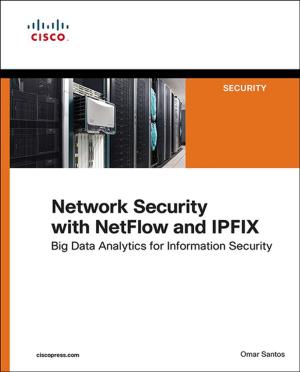CMMI-ACQ
Guidelines for Improving the Acquisition of Products and Services
Nonfiction, Computers, Programming, Software Development| Author: | Brian Gallagher, Mike Phillips, Karen Richter, Sandra Shrum | ISBN: | 9780321685292 |
| Publisher: | Pearson Education | Publication: | December 24, 2008 |
| Imprint: | Addison-Wesley Professional | Language: | English |
| Author: | Brian Gallagher, Mike Phillips, Karen Richter, Sandra Shrum |
| ISBN: | 9780321685292 |
| Publisher: | Pearson Education |
| Publication: | December 24, 2008 |
| Imprint: | Addison-Wesley Professional |
| Language: | English |
CMMI-ACQ® (Capability Maturity Model® Integration for Acquisition) describes best practices for the successful acquisition of products and services. Providing a practical framework for improving acquisition processes, CMMI-ACQ addresses the growing trend in business and government for organizations to purchase or outsource required products and services as an alternative to in-house development or resource allocation.
Modeled after CMMI®, Second Edition, which documented CMMI for Development, this book is the definitive reference for the current release of CMMI for Acquisition (version 1.2). In addition to the entire CMMI-ACQ model, the book includes tips, hints, cross-references, and other author notes to help you understand, apply, and find more information about the content of the acquisition process areas. The authors also have added two chapters to illustrate the application of CMMI-ACQ in industry (a case study from General Motors) and government. Whether you are new to CMMI models or are already familiar with one or more of them, you will find this book an essential resource for managing your acquisition processes and improving your overall performance.
The book is divided into three parts.
Part One introduces CMMI-ACQ in the broad context of CMMI models, including essential concepts and useful background. It then describes and shows the relationships among all the components of the CMMI-ACQ process areas, and explains paths to the adoption and use of the model for process improvement and benchmarking. Finally, two separate chapters describe special acquisition needs in a government environment and real experiences with CMMI-ACQ from industry.
Part Two first describes generic goals and generic practices, and then, in twenty-two sections, details each of the CMMI-ACQ process areas, including specific goals, specific practices, and examples. These process areas are organized alphabetically by process area acronym to facilitate quick reference.
Part Three provides several useful references, including sources for further information about CMMI and CMMI-ACQ, acronym definitions, a glossary of terms, and an index.
CMMI-ACQ® (Capability Maturity Model® Integration for Acquisition) describes best practices for the successful acquisition of products and services. Providing a practical framework for improving acquisition processes, CMMI-ACQ addresses the growing trend in business and government for organizations to purchase or outsource required products and services as an alternative to in-house development or resource allocation.
Modeled after CMMI®, Second Edition, which documented CMMI for Development, this book is the definitive reference for the current release of CMMI for Acquisition (version 1.2). In addition to the entire CMMI-ACQ model, the book includes tips, hints, cross-references, and other author notes to help you understand, apply, and find more information about the content of the acquisition process areas. The authors also have added two chapters to illustrate the application of CMMI-ACQ in industry (a case study from General Motors) and government. Whether you are new to CMMI models or are already familiar with one or more of them, you will find this book an essential resource for managing your acquisition processes and improving your overall performance.
The book is divided into three parts.
Part One introduces CMMI-ACQ in the broad context of CMMI models, including essential concepts and useful background. It then describes and shows the relationships among all the components of the CMMI-ACQ process areas, and explains paths to the adoption and use of the model for process improvement and benchmarking. Finally, two separate chapters describe special acquisition needs in a government environment and real experiences with CMMI-ACQ from industry.
Part Two first describes generic goals and generic practices, and then, in twenty-two sections, details each of the CMMI-ACQ process areas, including specific goals, specific practices, and examples. These process areas are organized alphabetically by process area acronym to facilitate quick reference.
Part Three provides several useful references, including sources for further information about CMMI and CMMI-ACQ, acronym definitions, a glossary of terms, and an index.















